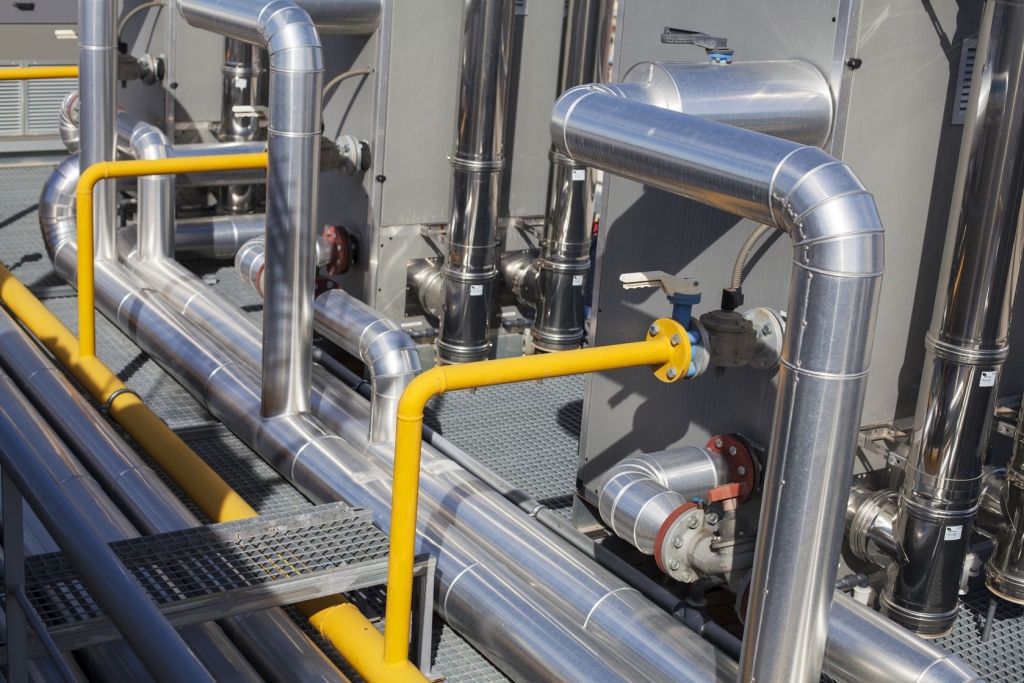CIPP
Cured-In-Place Pipe, commonly referred to as CIPP, is a type of trenchless (no-dig) restoration process for damaged pipelines. It involves the use of a textile liner tube and liquid resin. Once in place, the combination of materials cures, providing a tight fit against the existing pipe.
This method of pipe restoration has been used for restoring wastewater pipes since 1971. Because of it’s proven results, it’s used all around the world, providing an economic alternative to the traditional, open-cut techniques for replacement.

A Non-Disruptive Technology
Considered non-disruptive, this type of trenchless technology involves the inversion of a felt tube, saturated with a catalyst and thermosetting resin. The tube is then installed into the damaged pipe with water or air pressure. After the liner has made it through the current conduit, it is then heated using steam or water to create a tight fit and essentially create a “pipe within a pipe.” Pipes with diameters between 3 inch and 98 inch can be rehabilitated in as little as a single day in many cases.
Determining the Right Liner
It’s important that all CIPP liners be created to work with the existing pipe parameters. This determines the thickness of the liner and also determines how long it will last. Because this is so important, the parameters we use to determine CIPP design include:
- The diameter of the pipe
- Ovality of the existing pipe
- The depth of the pipe to insert
- The shape of the pipe
- The current condition of the pipe
- The amount of ground water table over the pipe
- Density and modulus of surrounding soil
- Vacuum conditions
- Live load conditions
One of the most appealing factors about the CIPP process is the fact that it can be used for pipes in any configuration, which includes multiple transitions and bends. Additionally, it’s usable in virtually any type of existing piping. The CIPP process is also a cost-effective solution when compared to traditional excavation methods for repairing and restoring damaged or deteriorating pipes.